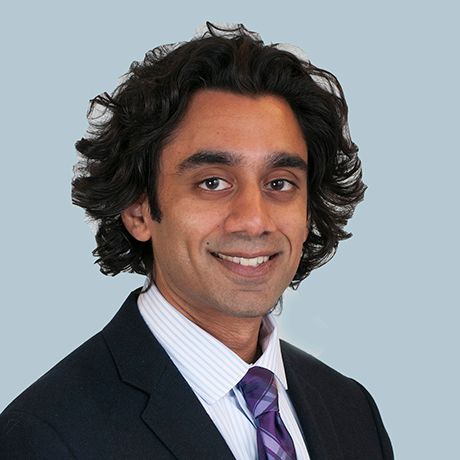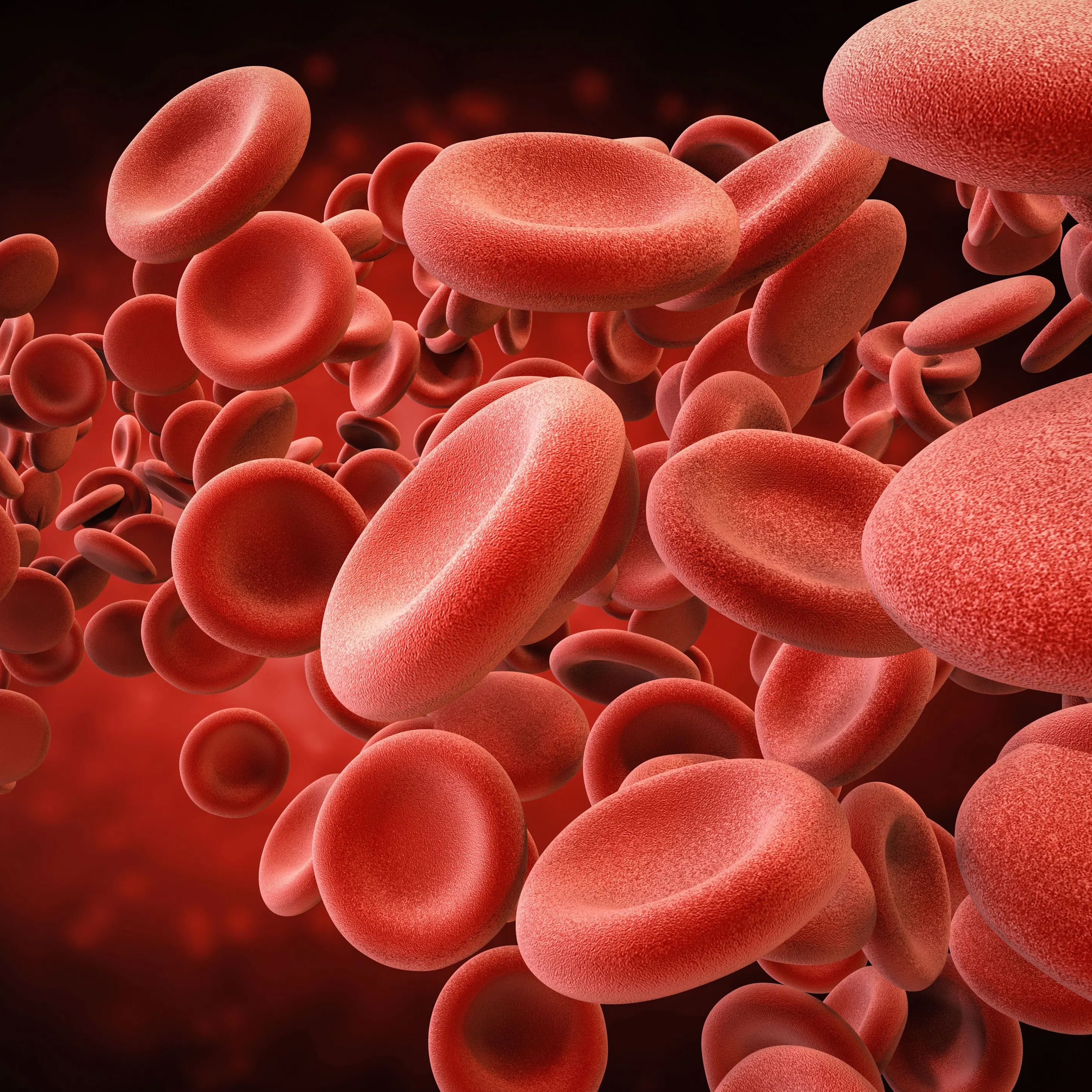Article
Robert C. Hendel, MD: Using Cardio Technology Rationally
Author(s):
Over time, clinicians have come to understand the most optimal use of the limited technological resources they have.
A tool is only good if it can be used.
At some point in the early 2000s, Robert C. Hendel, MD, and colleagues in cardiovascular care began applying that idea to their practice. It’s in that field, the Tulane University chair of Cardiovascular Medicine told MD Magazine®, where clinicians began to practice and preach rational healthcare technology use.
Hendel explained to MD Mag the rationale that goes behind the practice, and how it optimizes patient care and clinical resources.
MD Mag: In what ways are cardiologists leading the way in rational healthcare technology use?
Hendel: Certainly not a day goes by when we don't recognize that our resources, in terms of providing healthcare, are limited. We used to think that we can offer any test for any patient, and do anything—that expense was no object, and that there was an abundance of facilities available.
Well, even if those days did happen, they’re certainly in the remote past. And now we recognize through everything and every day that we hear on the radio and television that our resources are limited. And this is true.
We've taken initiatives, I think, as a health system—not only here at Tulane but nationally—to try to be rational in our approach to the use of technologies, especially cardiovascular technologies which can be very expensive. This started probably about 13-14 years ago in the cardiovascular arena, with the concept that we have to make the rules—we have to try to decide what is rational and appropriate testing and appropriate use of procedures for specific indications rather than have this thrust upon us by payers or restrictive regulatory rules.
We've decided that we as a profession need to really govern this. We know what the patients are like, we know what the studies show, we know what our guidelines say. Now, can we translate that into information for the patient, for the provider, for the regulator, so that we can really use techniques tests and procedures in an appropriate fashion?
And by doing so, we will conserve costs, which is important—but also make the tests and procedures available and accessible to large amounts of the population. We certainly don't want to get into a position where, because we're spending so much money, we can no longer offer a test or a procedure or medication.
So we've made significant changes to try to be appropriate. And I think the word appropriate means ‘reasonable’: is it reasonable to do this test, is it reasonable to perform this procedure? And if the answer is yes, then fine. But if the answer is no, not really we shouldn’t.
In my field of nuclear cardiology, it was sort of standard practice many years ago to do an annual nuclear cardiology test to reassess patients, to see if anything had changed. And we've learned that that's simply not rational and doesn't really—in the care of the patient—improve the outcomes. So now we have rather clear-cut instructive criteria that say, no you shouldn't do it every year.
And let's say someone had a stent placed in a coronary artery, but they're doing well and they have no further symptoms. Well, then there's really no indication to do that test in the next year, and probably even longer than that. So I think we've started to really look at this very carefully and in doing so, hopefully we preserve assets and resources for the future.





